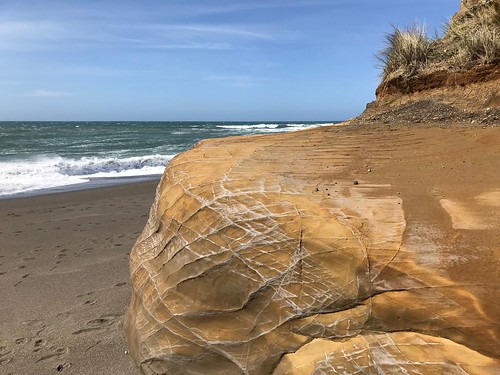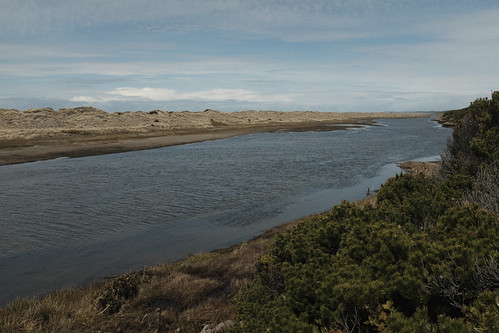Late storms brighten SW Oregon water outlook
ROSEBURG, Ore. — Although the snowpack in the southern Cascade Mountains is only about half of normal, watermasters in the Rogue and Umpqua areas of Oregon are anticipating, as of mid-April, that there’ll be enough water for agricultural uses through the upcoming summer.
“I don’t anticipate a drought situation, but that’s not to say it couldn’t be super hot over the next couple of months,” said Shavon Haynes, the watermaster for the Upper Rogue District in Jackson County.
“Or maybe we’ll have even more rain over the next couple of months,” he added.
Haynes said that at this point, there appears to be enough water from Rogue and Applegate river flows and from stored water sources to meet anticipated needs.
Umpqua Basin Watermaster Susan Douthit said water users who have access to Galesville or Ben Irving reservoirs should expect a predictable supply of water because those two sources have plenty of water.
A late winter, with several snow storms in the mountains and rain showers in the valleys during March and into April, has been key in improving water conditions. January and February didn’t produce much precipitation and there were major concerns at that time about there being enough water for agricultural use during the rest of the year.
“Any water from a late winter, whether snow or rain, is valuable,” Douthit said. “It would be a much different situation now if we hadn’t gotten those storms. Even though late snow doesn’t contain as much water, a late winter is better than no winter.”
The east side of the southern Cascade Mountains, however, hasn’t fared as well and drought conditions have been declared for Klamath County.
For the state of Oregon, the Water Conditions Report as of April 9 indicated there was considerable improvement in snow water equivalent values in late March and early April. Although still below normal, the statewide average moved up to 71 percent. Two of the lowest values, however, are in the Rogue and Umpqua basins.
The report also noted that the Climate Prediction Center’s most recent three-month outlook indicates increased chances of above normal temperatures in the southern third of the state. The precipitation outlook for the same period indicates below normal amounts for most of the state.
Statewide stream flows improved to 75 percent of normal for March, up from 63 percent in February. On the west side of the Cascades for March, stream flows were at 92 percent. But stream flow forecasts for the spring and summer seasons continue to predict much lower than normal flows.
Douthit explained that last year at the end of March, there was a 46-inch snowpack with about 23 inches of water content. This year there was 32 inches of snow at the end of March with only 10.5 inches of water.
The Umpqua watermaster said 2017 was a good water year with plenty available through the summer. All of southwest Oregon had well over 100 percent of normal water in 2017.
While the Rogue/Umpqua basins were at 128 percent of normal in 2017, this year they are at 54 percent.
Douthit, however, said it is not shaping up “to be the worst year by any stretch of the imagination.”
Cattle rancher Andy Owens of Glendale, Ore., in southern Douglas County said the county-owned Galesville Reservoir “is a godsend to anybody with property that wouldn’t be worth much” if there wasn’t that source of stored water.
Roseburg area farmer Evan Kruse said he doesn’t recall a winter recovering like this one with the late storms.
“I’d rather have the late winter and water for the summer than no winter at all,” he said. “I’m not sure we’ll see any curtailments this year. I’m not stressing about it.”
Haynes said the wet April so far has resulted in irrigation districts in the Rogue Basin holding off on making water deliveries. He added water deliveries will probably be at least two weeks later than normal, beginning in late April or early May.
“That tells you how important these last few storms have been,” Haynes said.
He added that Mount Ashland Ski Area in the Siskiyou Mountains was opened the weekend of April 21-22, noting that is another indication that the late storms brought snow that is still holding at higher elevations and will eventually benefit stream flows, reservoirs and ponds.




